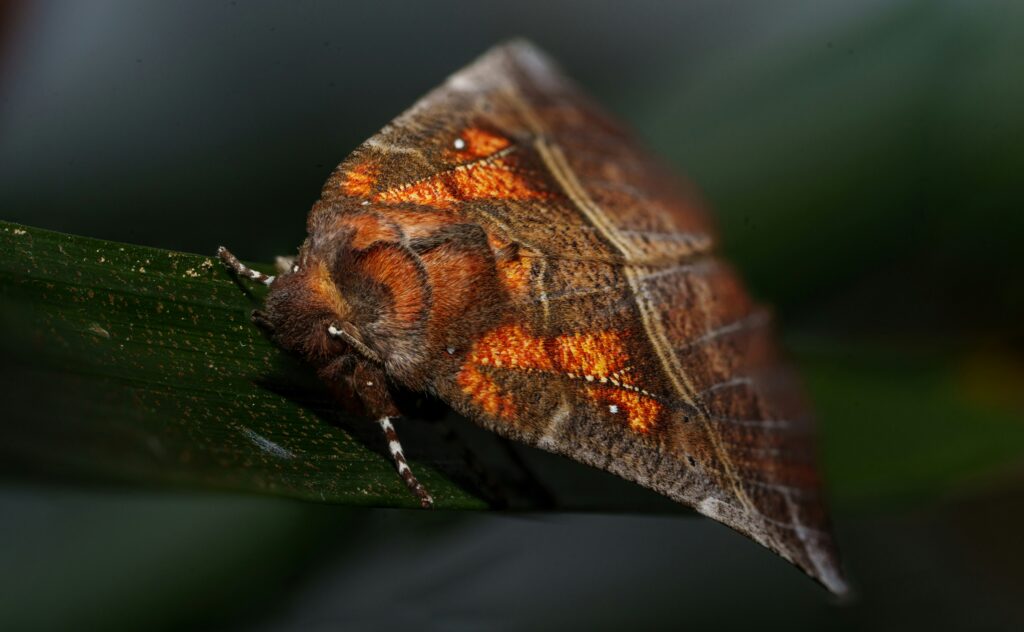Imagine walking through your house in complete darkness, yet knowing exactly where every piece of furniture sits, where the walls are, and how to find your way to the kitchen without bumping into anything. For many insects, this isn’t imagination—it’s their daily reality. While humans rely heavily on vision to navigate the world, countless insects have evolved extraordinary sensory abilities that make our GPS systems look primitive by comparison.
The Chemical Highway System
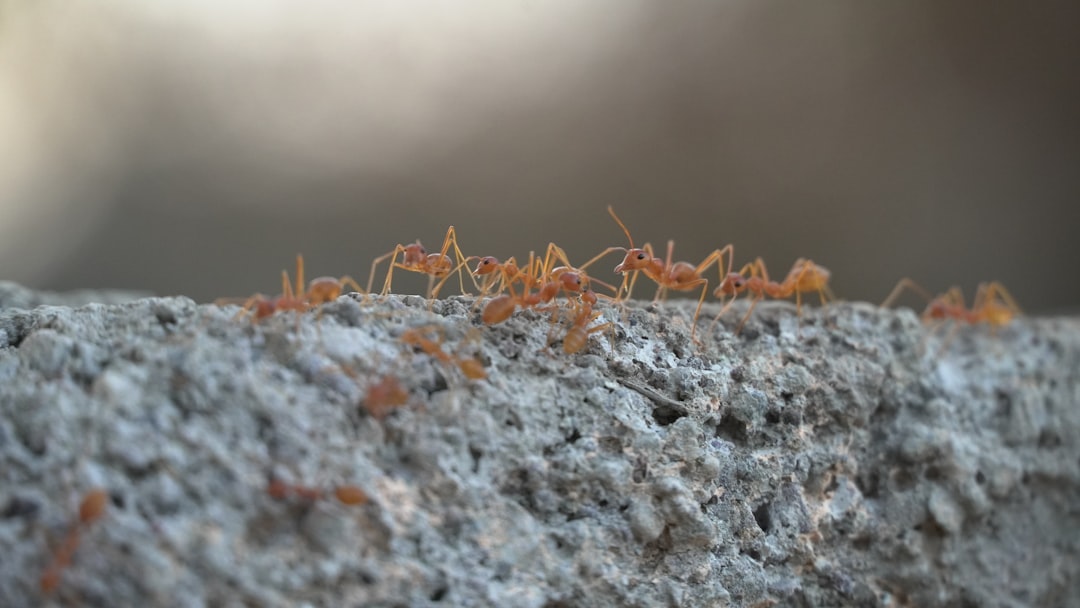
Chemical navigation represents one of the most sophisticated guidance systems in the insect world, turning invisible scent molecules into detailed roadmaps. Ants create chemical trails by releasing pheromones from specialized glands, leaving behind microscopic breadcrumbs that their colony members can follow with remarkable precision. These chemical highways can stretch for hundreds of meters, guiding workers from the nest to food sources and back again. When an ant discovers a particularly rich food source, it lays down a stronger concentration of pheromones, essentially creating a chemical “superhighway” that attracts more workers. The beauty of this system lies in its self-reinforcing nature—the more ants use a trail, the stronger it becomes, while unused paths gradually fade away like abandoned roads.
Sound Waves as Navigation Beacons

Many insects have transformed sound into their personal sonar system, detecting vibrations and acoustic cues that remain completely invisible to human perception. Crickets use their sensitive hearing to locate mates by following the specific frequency patterns of mating calls, navigating through dense vegetation with pinpoint accuracy. Ground-dwelling beetles detect the footsteps of approaching predators through vibrations transmitted through the soil, allowing them to escape before danger arrives. Some moths have evolved incredibly sensitive ears that can detect the ultrasonic calls of hunting bats from over 100 feet away, giving them precious seconds to execute evasive maneuvers. The substrate-borne vibrations created by walking insects create a complex web of information that reveals the location, size, and even the species of the creature making the sounds.
Magnetic Field Detection
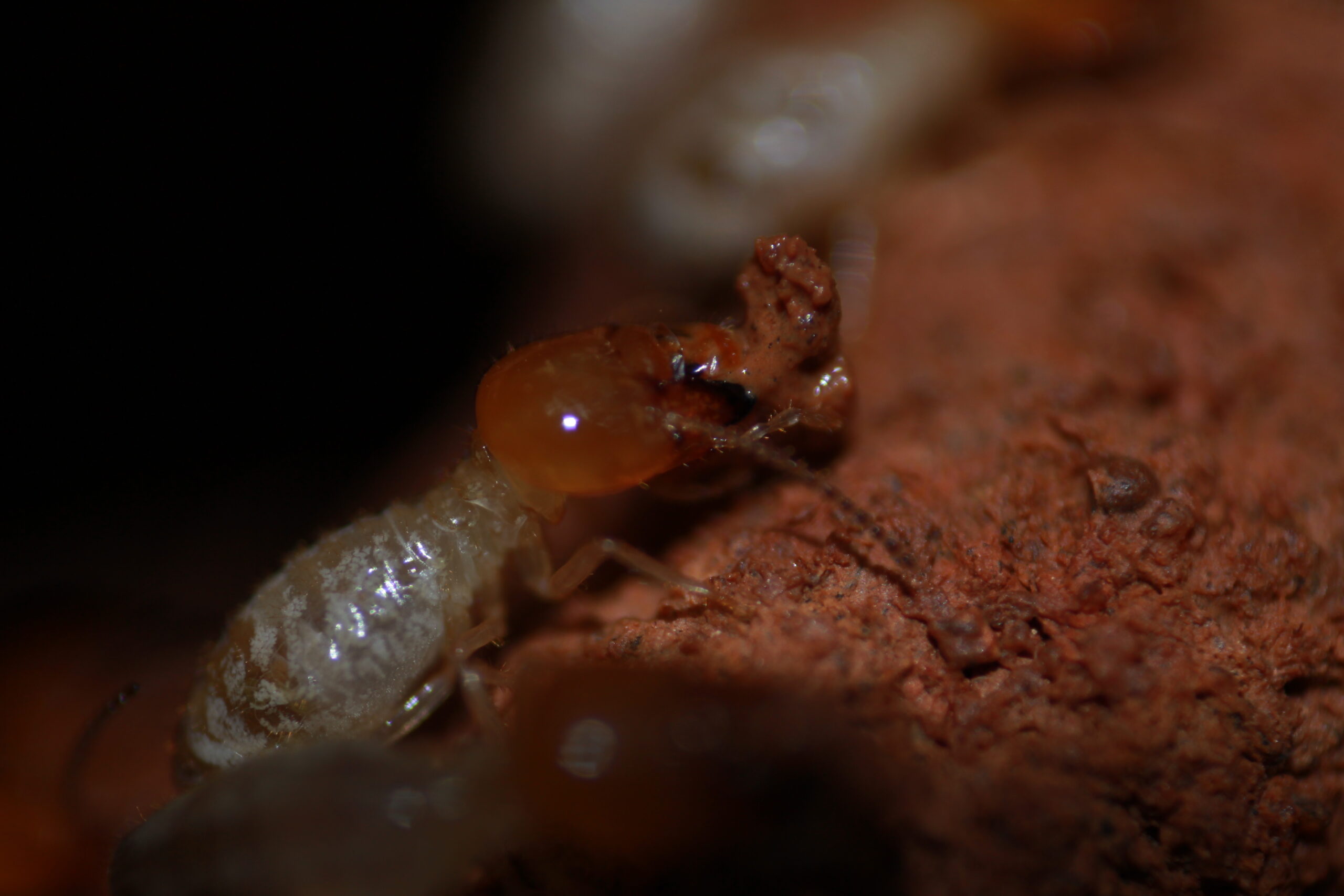
Perhaps no navigation method is more mysterious than insects’ ability to detect Earth’s magnetic field, turning our planet into a giant compass that guides their journeys. Scientists have discovered that many insects contain microscopic crystals of magnetite in their bodies, particularly in their antennae and nervous systems. These biological compasses allow insects to maintain consistent directional heading even when visual landmarks are absent or obscured. Termites use magnetic field detection to construct their elaborate mounds with precise orientation, ensuring proper ventilation and temperature control. Research suggests that disrupting local magnetic fields can cause certain insects to become completely disoriented, much like a sailor losing their compass in the middle of the ocean.
Temperature Gradients as Invisible Maps
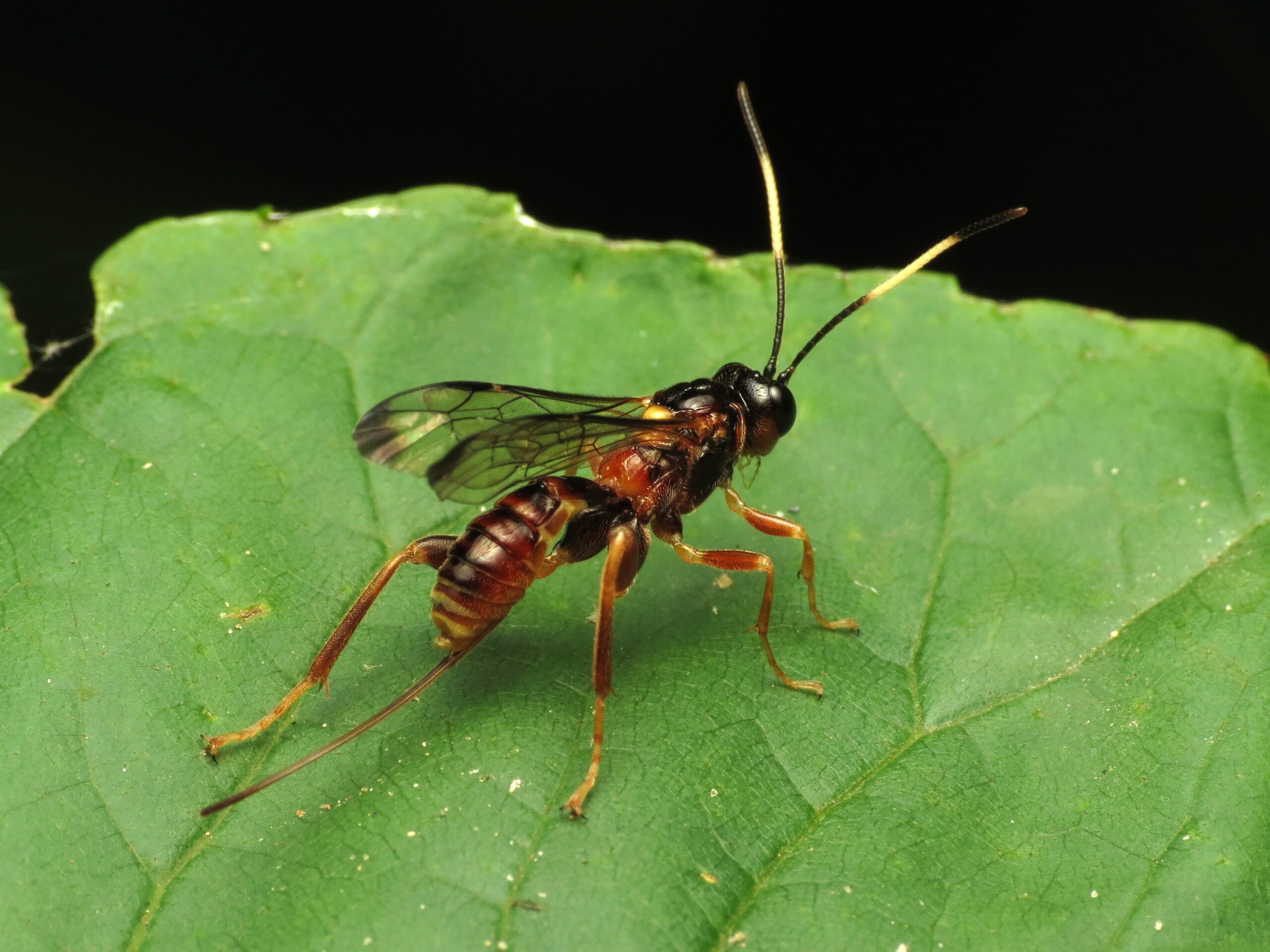
Temperature variation creates an invisible landscape that many insects read like a detailed topographical map, using thermal cues to navigate with surprising accuracy. Parasitic wasps can detect temperature differences as small as a fraction of a degree, allowing them to locate warm-blooded hosts hiding beneath bark or underground. Desert ants use temperature gradients to navigate across seemingly uniform sand dunes, recognizing subtle thermal signatures created by rocks, vegetation, and elevation changes. Some insects time their movements to coincide with specific temperature patterns throughout the day, using the predictable warming and cooling cycles as temporal landmarks. The ability to sense thermal radiation also helps nocturnal insects avoid dangerous areas where predators might be lurking in warm microclimates.
Airflow Patterns and Wind Navigation
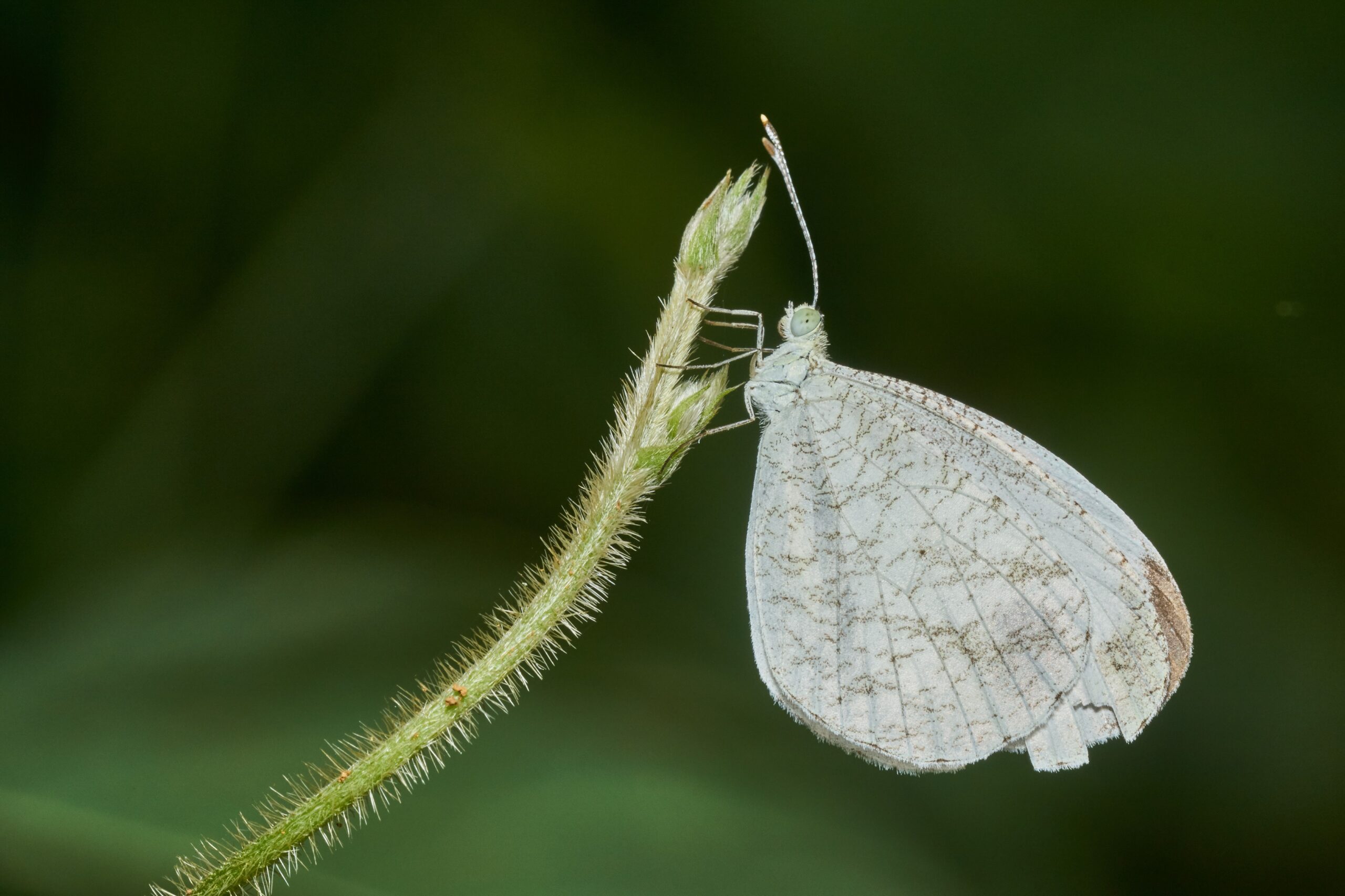
Wind currents and air movement patterns serve as invisible highways for countless insect species, providing both directional information and energy-efficient transportation. Flying insects like moths and butterflies have specialized sensors on their antennae that detect minute changes in air pressure and flow direction. These aerial navigators can ride wind currents for hundreds of miles during migration, adjusting their flight patterns to take advantage of favorable air movements. Wingless insects also use air currents for navigation, with some species releasing silk threads that catch wind currents and carry them to new territories. The complex three-dimensional patterns of air movement around obstacles like trees, buildings, and mountains create a rich navigational landscape that experienced fliers can read and interpret with remarkable skill.
Electrical Field Sensitivity

The natural electrical fields generated by living organisms and environmental features create another layer of navigational information that some insects have learned to exploit. Bees can detect the electrical fields generated by flowers, which change depending on whether the bloom has recently been visited by other pollinators. This electrical signature helps bees avoid wasting energy on flowers that have already been depleted of nectar and pollen. Some predatory insects use electrical field detection to locate prey hiding in soil or leaf litter, sensing the bioelectrical activity of their targets. Research has shown that the electrical charges that build up on insect bodies during flight can actually influence their navigation decisions, creating a feedback loop between movement and electrical sensation.
Substrate Texture Recognition

The surface texture of different materials provides insects with a tactile language that helps them identify locations and navigate through complex environments. Ants can distinguish between different types of soil, rock, and vegetation by walking across surfaces and analyzing the mechanical feedback through their legs and antennae. This tactile mapping allows them to recognize familiar territories and avoid dangerous areas where they might become trapped or exposed to predators. Some insects use substrate texture to determine the best locations for laying eggs, ensuring their offspring will have access to appropriate food sources and shelter. The microscopic variations in surface roughness, hardness, and flexibility create a detailed textural map that insects can follow even in complete darkness.
Humidity and Moisture Detection
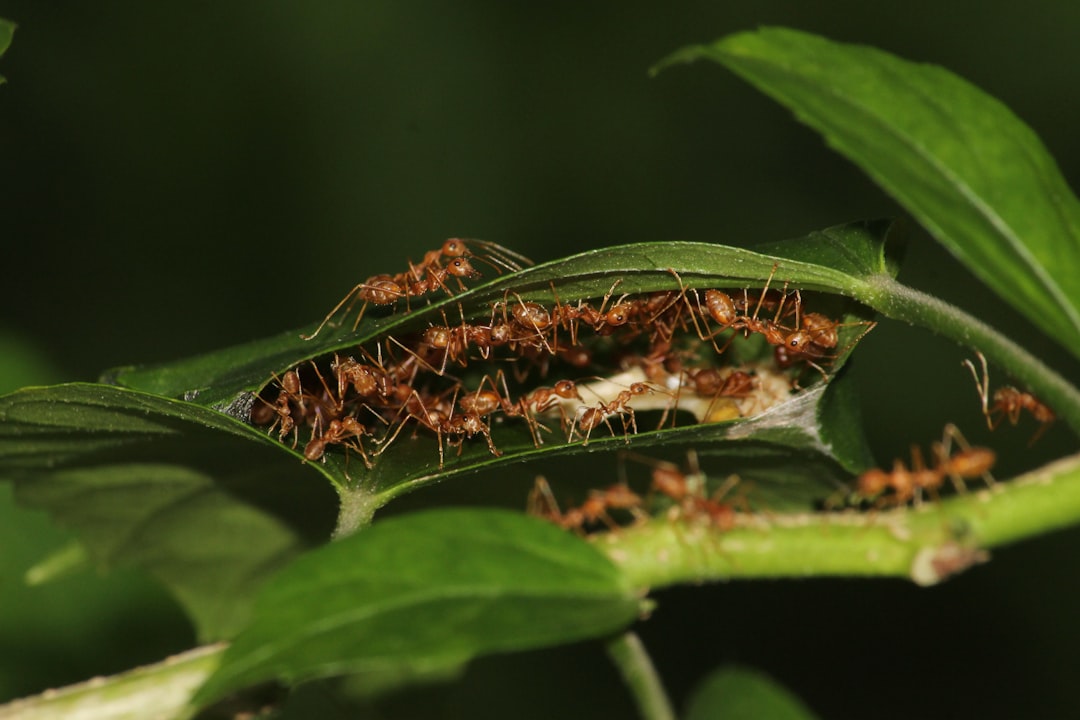
Water vapor and humidity levels create invisible gradients that many insects follow like breadcrumbs leading to essential resources. Mosquitoes use moisture detection to locate potential breeding sites, following humidity trails that lead to standing water where they can lay their eggs. Desert insects navigate toward rare sources of moisture by detecting minute changes in atmospheric water content, sometimes traveling considerable distances to reach life-sustaining water sources. Some species use humidity gradients to avoid desiccation, moving toward more humid microenvironments during dry periods to prevent water loss. The ability to sense moisture also helps insects locate decaying organic matter, which often creates localized areas of high humidity that signal the presence of food or suitable habitat.
Gravity and Orientation Sensing
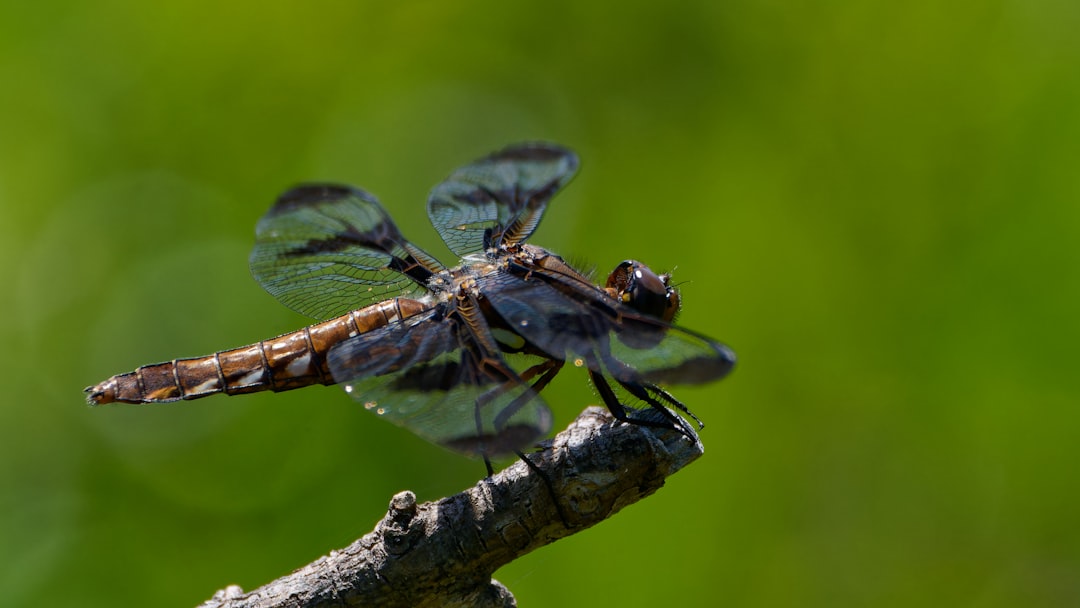
Gravity provides insects with a constant reference point that helps them maintain proper orientation and navigate three-dimensional spaces with confidence. Many insects have specialized gravity-sensing organs called statocysts, which contain dense particles that shift position as the insect’s orientation changes. This biological accelerometer allows flying insects to maintain level flight and helps ground-dwelling species determine which direction is up when navigating through complex terrain. Some insects use gravity sensing in combination with other navigational cues to maintain consistent headings over long distances, essentially using Earth’s gravitational field as a backup navigation system. The integration of gravitational information with other sensory inputs creates a robust navigation framework that remains reliable even when individual sensory channels become compromised.
Polarized Light Detection
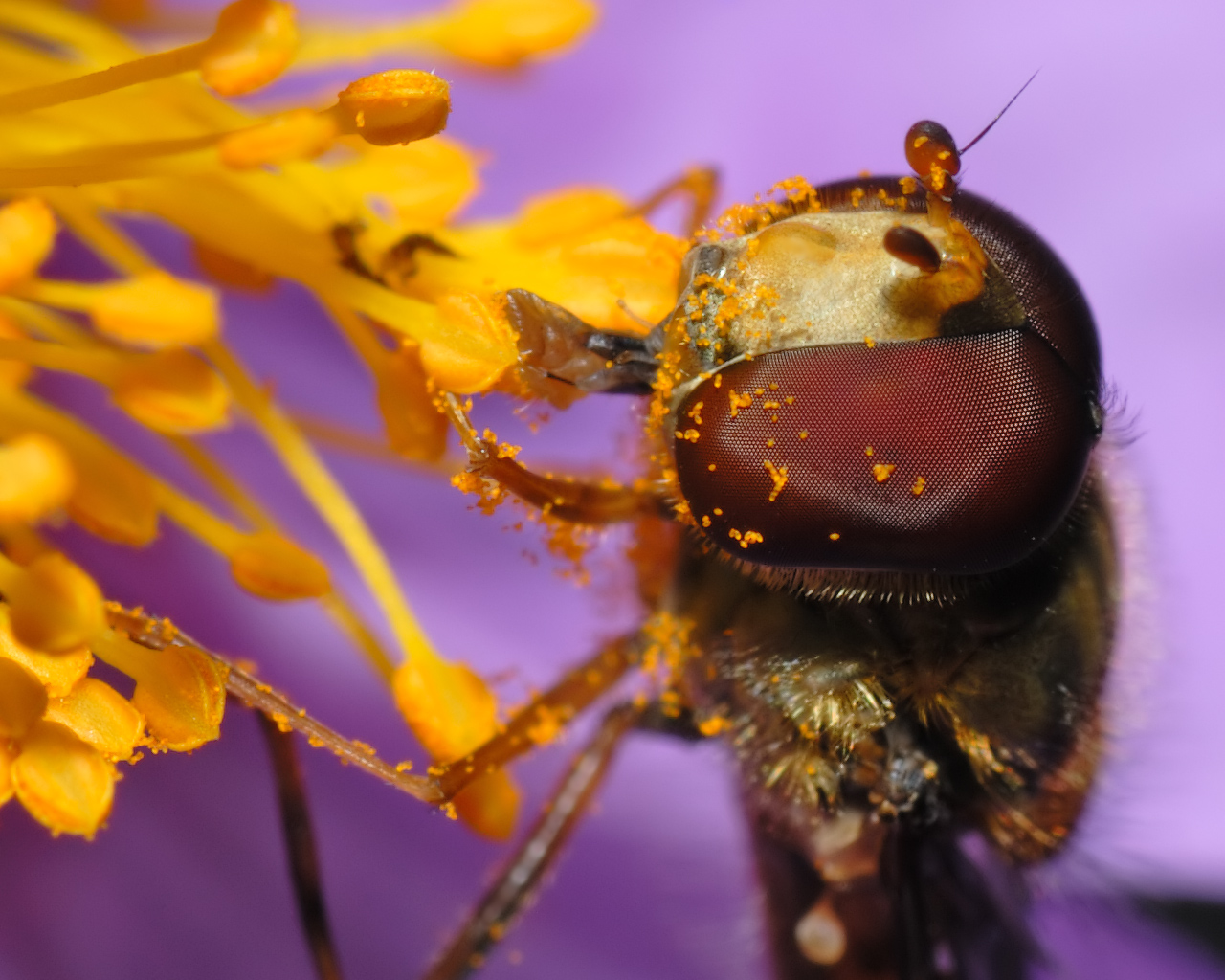
Even insects with limited vision can navigate using polarized light patterns that remain invisible to human eyes but provide crucial directional information. The polarization patterns in skylight create a celestial compass that many insects can read even on cloudy days when the sun isn’t directly visible. This ability allows insects to maintain consistent directional headings during long-distance migrations and helps them navigate in environments where other landmarks might be absent or unreliable. Some insects combine polarized light detection with time-of-day information to create a sophisticated sun compass that accounts for the movement of the sun across the sky. Research has shown that artificial polarizing filters can completely disrupt the navigation abilities of certain species, demonstrating just how dependent they are on this subtle form of optical navigation.
Chemical Memory and Landmark Recognition
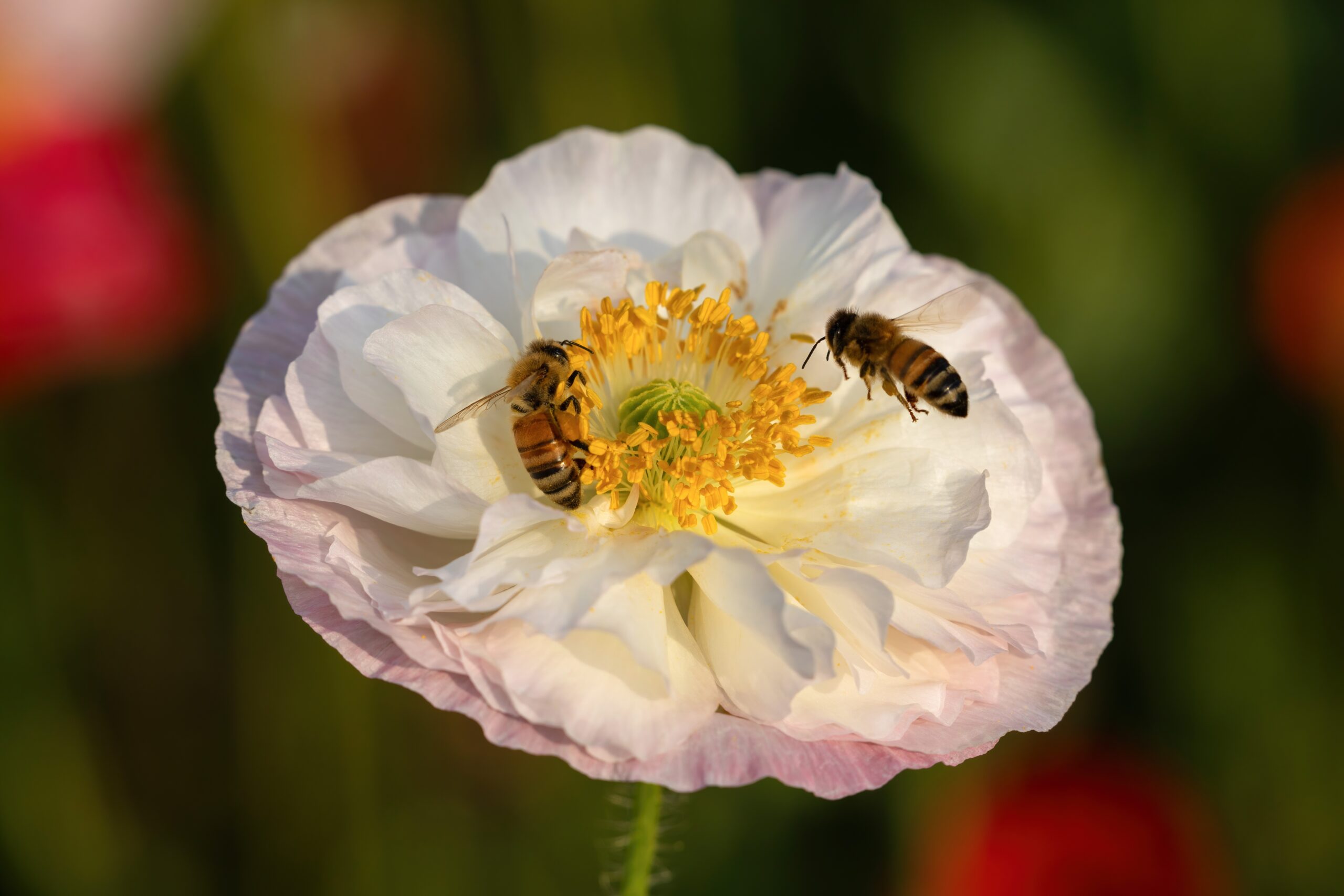
Insects create detailed chemical maps of their territories by memorizing the unique scent signatures of important locations and using these olfactory landmarks for navigation. Each location in an insect’s environment has a distinct chemical fingerprint created by the combination of plant odors, soil chemistry, and the scent marks left by other animals. Foraging insects learn to associate specific chemical combinations with successful food sources, creating a mental library of olfactory landmarks that guides future foraging trips. Some species mark important locations with their own chemical signatures, essentially creating personalized scent waypoints that help them navigate back to critical resources. This chemical memory system can remain accurate for weeks or even months, providing insects with a long-term navigational database that doesn’t depend on visual cues.
Echolocation and Sound Reflection
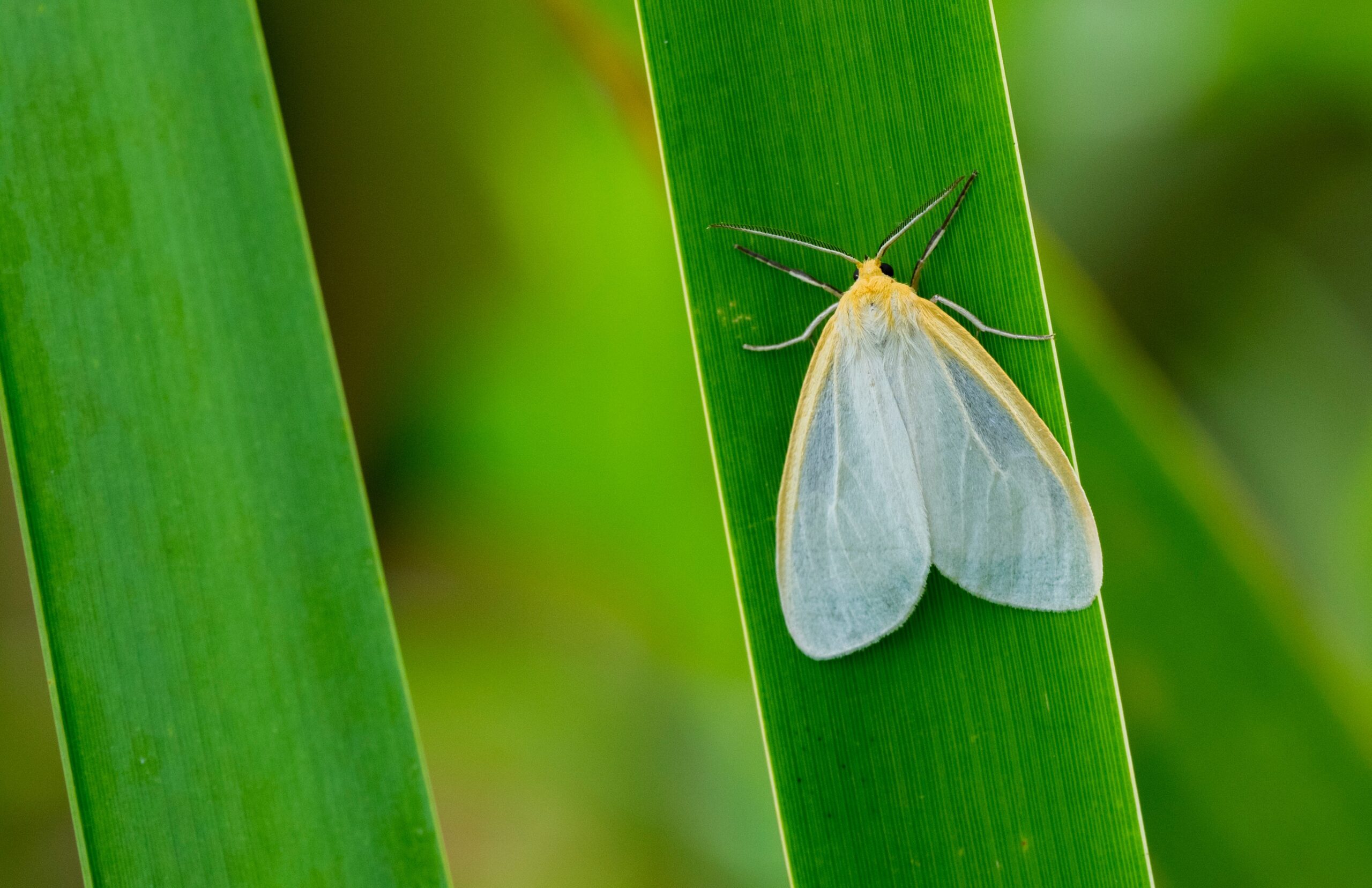
While less common than in bats and dolphins, some insects have developed primitive forms of echolocation that help them navigate in complete darkness or densely cluttered environments. Certain moths produce ultrasonic clicks and listen for the echoes that bounce back from nearby objects, allowing them to detect obstacles and navigate through dense vegetation. Some ground-dwelling insects create subtle sounds by tapping their legs or antennae against surfaces, then interpret the acoustic feedback to gather information about their immediate surroundings. This form of acoustic navigation is particularly useful in underground tunnels or beneath dense leaf litter where other sensory information might be limited. The ability to generate and interpret reflected sounds gives these insects a distinct advantage in environments where traditional navigation methods might fail.
Multi-Sensory Integration
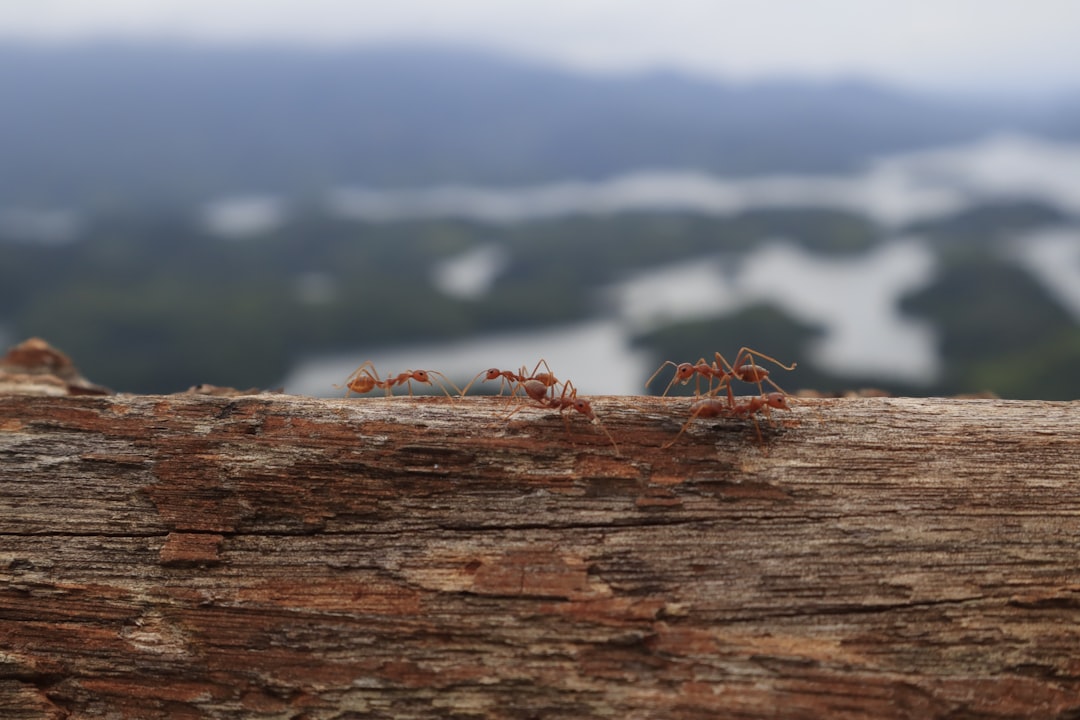
The most remarkable aspect of insect navigation lies not in any single sense, but in how insects combine multiple sensory inputs to create robust, redundant navigation systems that remain functional even when individual senses are compromised. A foraging ant might simultaneously use chemical trails, visual landmarks, polarized light patterns, and tactile cues to navigate back to its nest, with each sensory channel providing backup information for the others. This multi-sensory approach allows insects to adapt to changing environmental conditions and continue navigating effectively even when their primary navigation method becomes unreliable. Scientists have discovered that insects can rapidly switch between different navigation strategies depending on the available sensory information, demonstrating a level of behavioral flexibility that rivals much larger animals. The integration of diverse sensory inputs creates navigation systems that are often more reliable and accurate than any single high-tech GPS device.
Evolutionary Advantages of Sensory Navigation
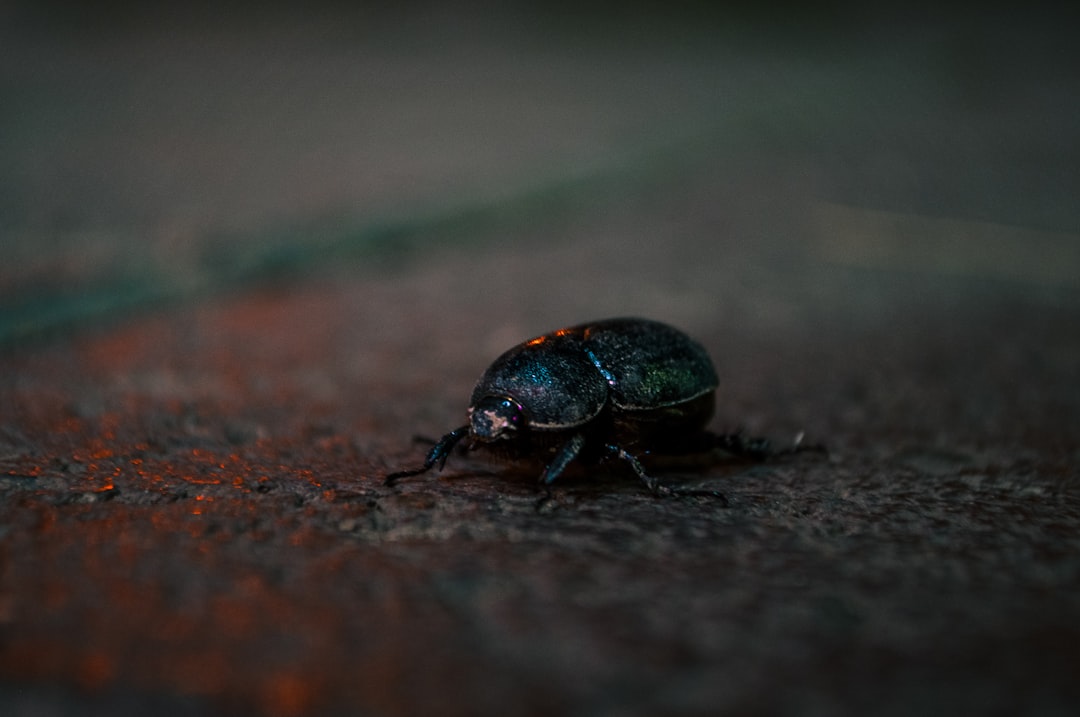
The evolution of sophisticated non-visual navigation abilities has given insects tremendous advantages in exploiting ecological niches that remain inaccessible to vision-dependent animals. Insects that can navigate effectively in complete darkness can forage, mate, and disperse during nighttime hours when competition is reduced and predation pressure is lower. The ability to navigate using multiple sensory modalities also makes insects incredibly resilient to environmental changes that might disrupt single-channel navigation systems. These sensory superpowers have allowed insects to colonize virtually every habitat on Earth, from deep caves where no light penetrates to underground burrow systems where visual cues are meaningless. The diversity of insect navigation strategies represents millions of years of evolutionary innovation, resulting in biological solutions that often surpass human technological achievements in elegance and efficiency.
Conclusion: The Hidden Symphony of Navigation
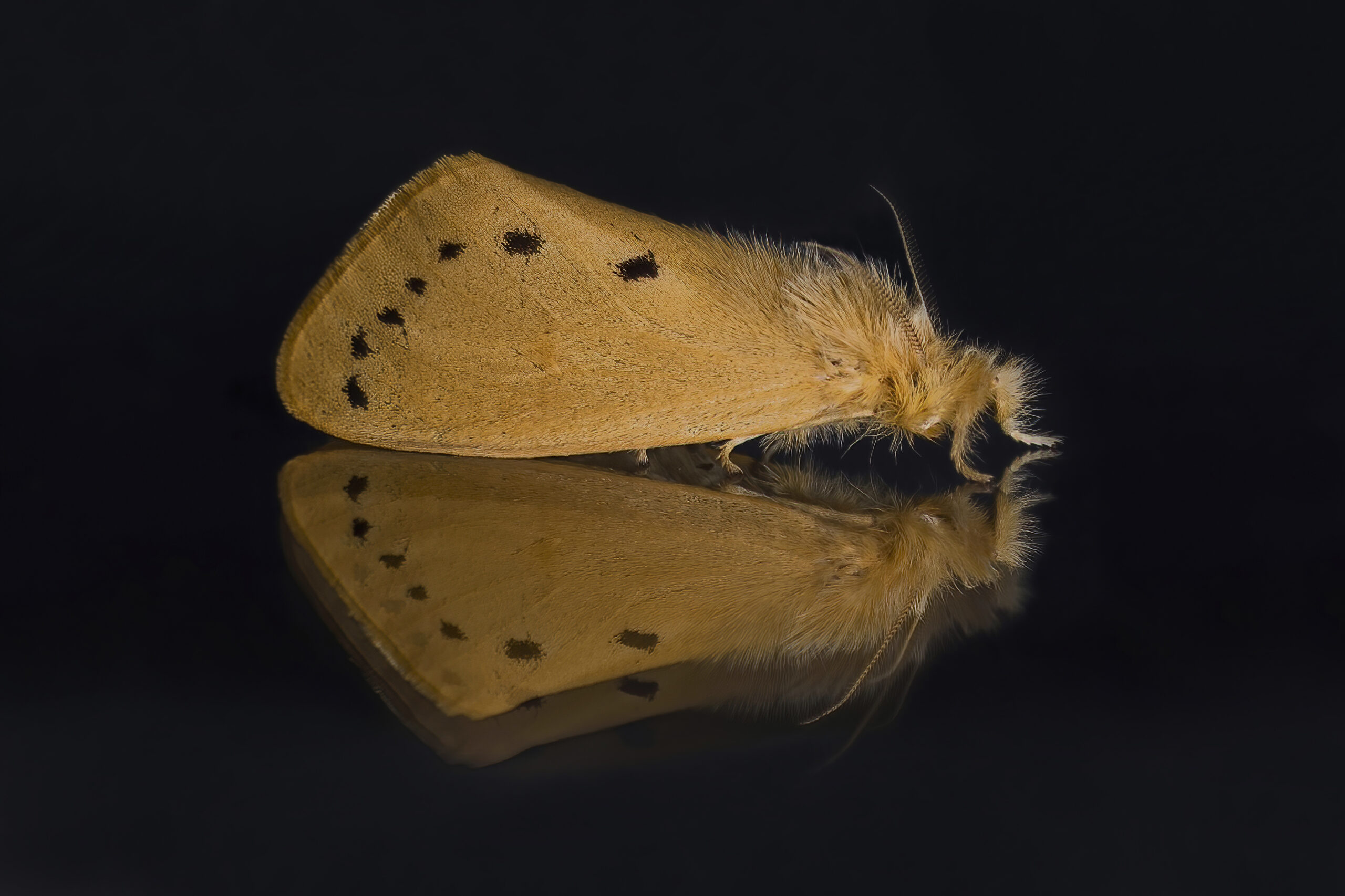
The world of insect navigation reveals a hidden symphony of sensory information flowing continuously through environments that appear static and simple to human perception. Every chemical molecule, temperature variation, magnetic field fluctuation, and sound wave becomes part of an intricate navigation network that guides the movements of countless tiny creatures. These remarkable abilities remind us that our human-centered view of the world represents just one narrow slice of reality, while insects navigate through rich sensory landscapes that remain largely invisible to us. What seems like random wandering to our eyes is actually purposeful, sophisticated navigation guided by senses we’re only beginning to understand and appreciate.

